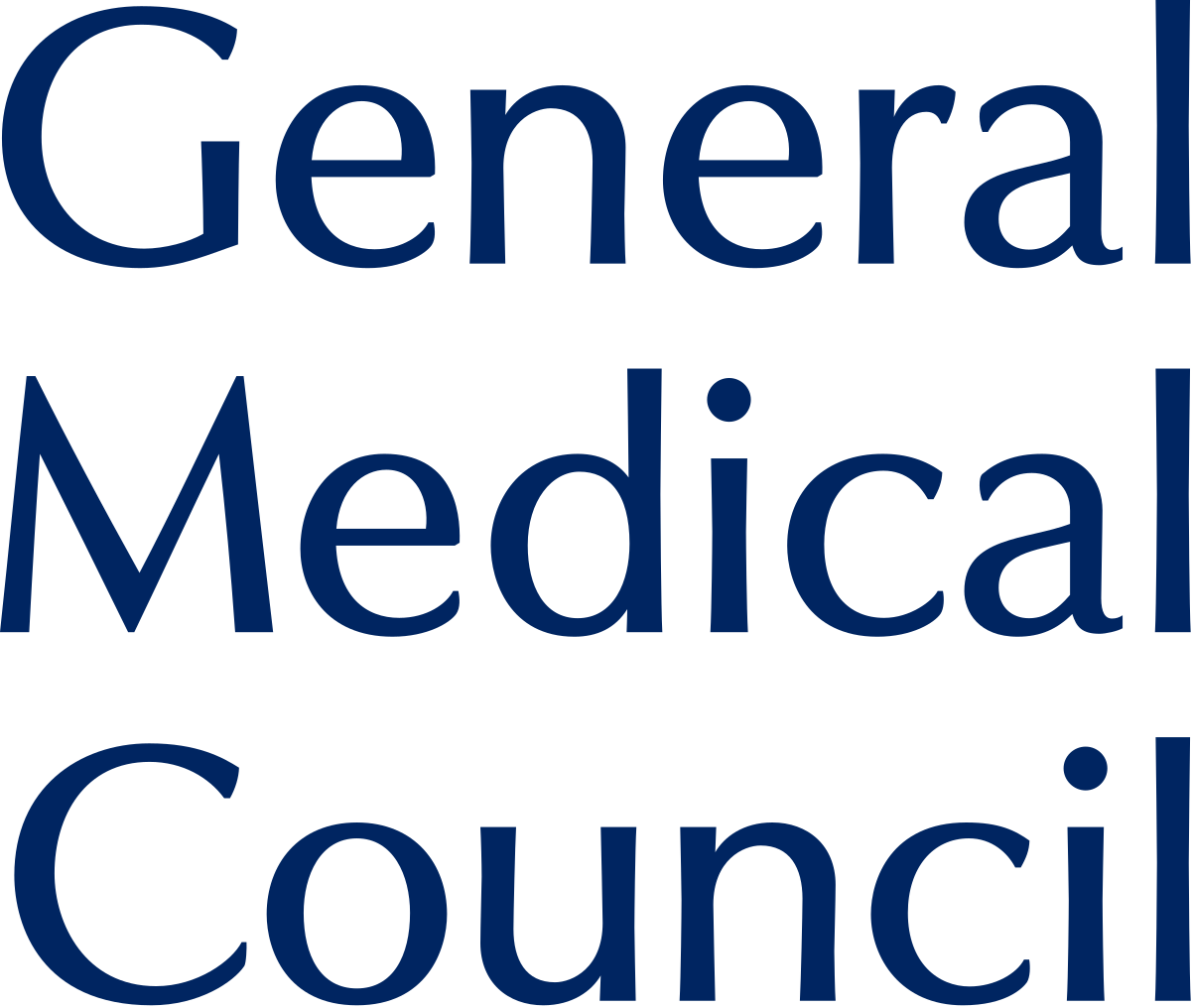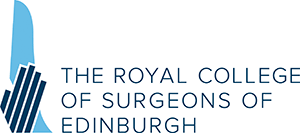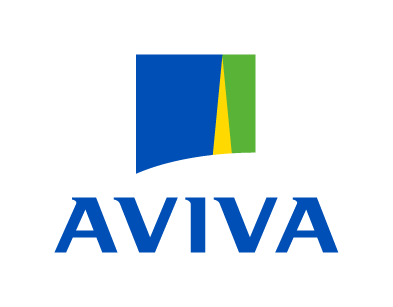What is Rhinoplasty treatment?
Rhinoplasty, also known as a 'nose job', is a procedure which is undertaken to change the shape of the nose, and/or improve its function. The treatment is capable of enhancing facial features, emphasising your natural beauty. During planning for the procedure, your surgeon will carefully evaluate your facial features and nose structure.
Am I a good candidate for Rhinoplasty?
You may be a suitable candidate for rhinoplasty if you have a nose which is large, crooked, has a bump, or is 'droopy'. You should have realistic expectations for what the surgery is capable of achieving and have a good level of general health.
During the consultation, Mr Chummun will take a full medical history and assess if you are suitable for this type of surgery. He will discuss the type of surgery that is most appropriate for you and the risks that are involved.
During the consultation, Mr Chummun will take a full medical history and assess if you are suitable for this type of surgery. He will discuss the type of surgery that is most appropriate for you and the risks that are involved.
During the Rhinoplasty surgery
The procedure is carried out under general anaesthetic. Open rhinoplasty is a technique used for reshaping the nose significantly. Incisions are made in the columella (the skin which separates the nostrils) and on the inner sides of the nostrils. The skin and soft tissue will then be lifted off, allowing the surgeon to see the underlying structures. Work can then be carried out to the septum, cartilages and nasal bones to improve the shape and size of the nose and also on its function. The incisions are closed with dissolvable sutures. A Plaster of Paris dressing is then applied to protect the nose.
Secondary or revision rhinoplasty is a repeat rhinoplasty where the aim is to correct problems that have arisen following a previous rhinoplasty.
Filler rhinoplasty uses injectable fillers to change the shape of the tip and the dorsum of the nose. In some cases, it offers an alternative to rhinoplasty surgery. The fillers used are not permanent and its use depends on the shape of the nose
Recovery from Rhinoplasty
Following the procedure, you will normally wear a nasal splint for two weeks. Swelling and a degree of bruising around the eyes is normal, and it will typically start to subside from around the third day. Your nose could also be a little swollen, and this will subside gradually over the next few months. The full results of the rhinoplasty treatment will become more apparent once all the swelling has settled, which can take between 9-12 months. It is usually advisable to avoid strenuous physical activity or bending forward for approximately six weeks after surgery.
Get in touch
If you have any queries or would like to book an appointment, please use the contact form or get in touch via call or email.








